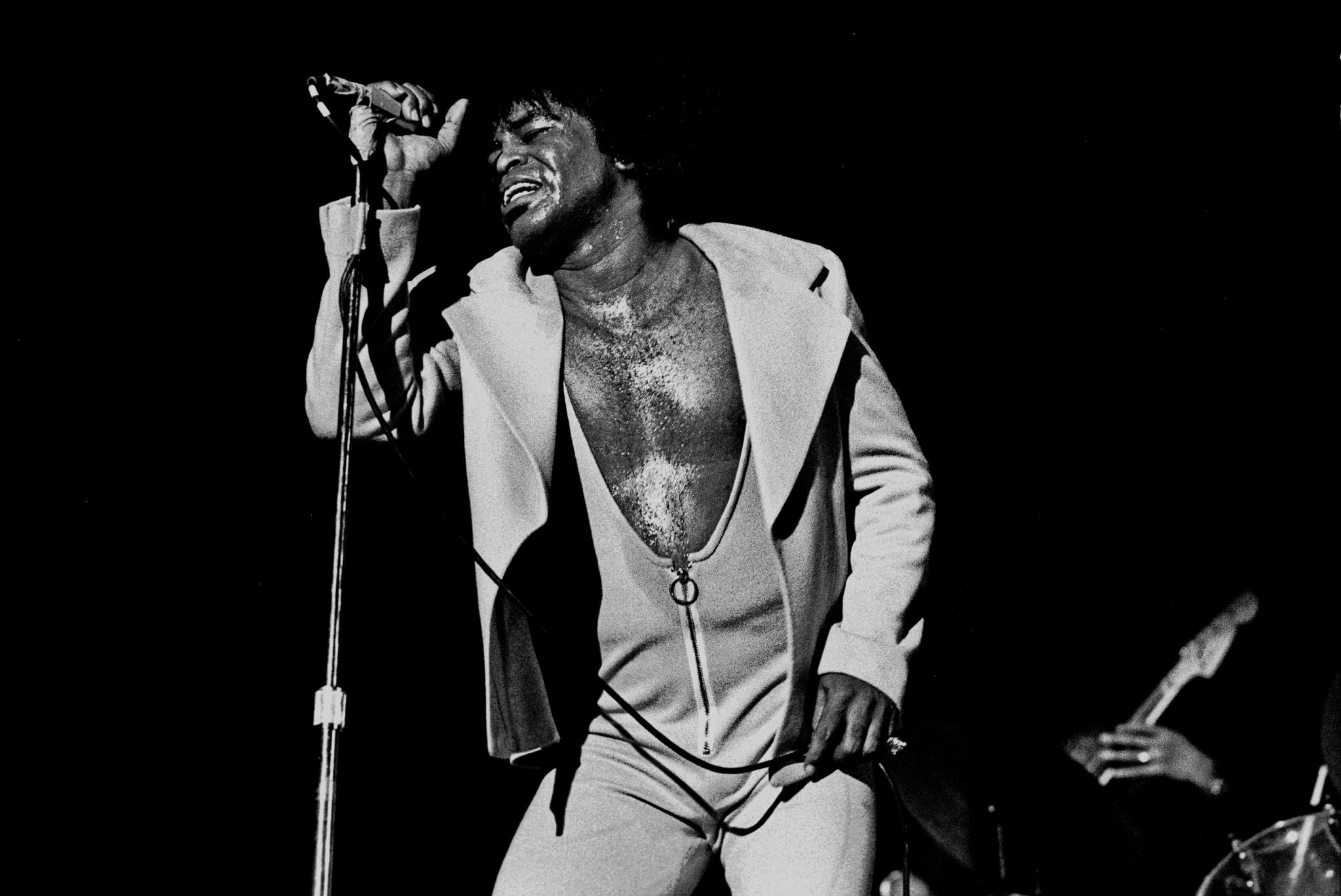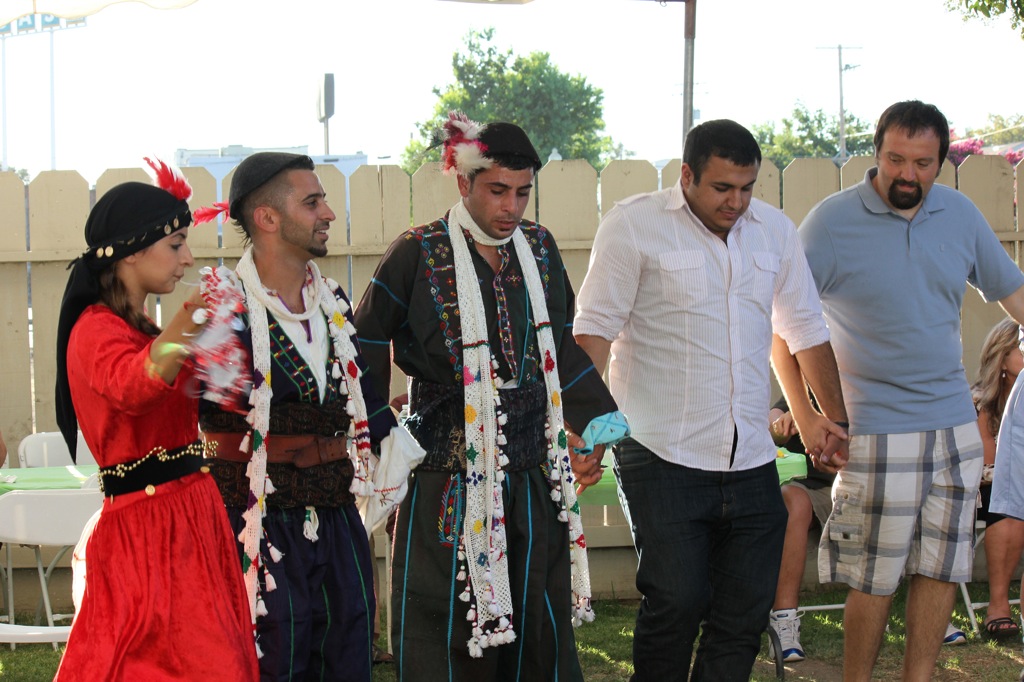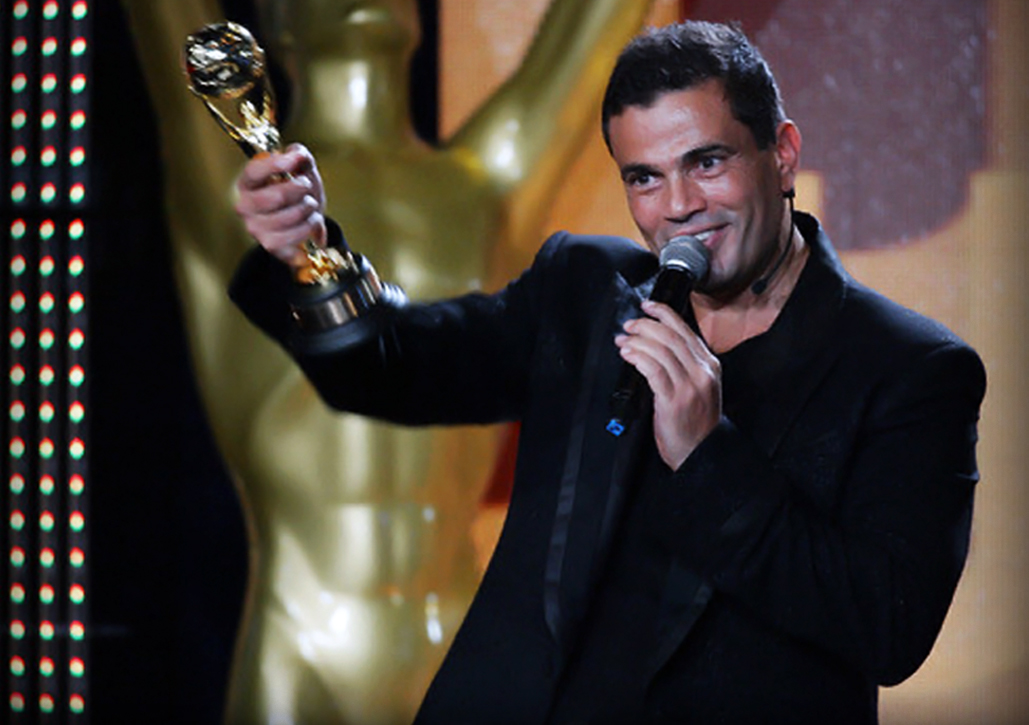|
Discofox
Discofox or disco fox is a social partner dance which evolved in Europe in the mid-1970s as a rediscovery of the dance hold in the improvisational disco dance scene dominated by solo dancing, approximately at the same time when the hustle emerged in the United States. Both dances were greatly influenced by ''Saturday Night Fever'' starring John Travolta. In various regions, it is also known under different names: disco hustle, swing fox, disco swing, and rock fox. Discofox is very popular in Austria, Germany, Poland, Switzerland and becoming popular in Russia. Discofox may be danced to a wide variety of and music such as 1970s disco, 1980s Eurodisco, Italo disco, disco polo, pop, and techno. Tempo may vary. In a social setting it is mostly danced in one place, although the couple may also move across the dance floor. It is danced with various types of single and double handhold. Among the figures are various handwraps, spins, throw-outs/catches, poses, drops, and for compet ... [...More Info...] [...Related Items...] OR: [Wikipedia] [Google] [Baidu] |
Hustle (dance)
The Hustle is a catch-all name for some disco dances which were extremely popular in the 1970s. Late 1970s, Bump, Hustle, Watergate and Spank were popular. It mostly refers to the unique partner dance done in nightclubs to disco music. Hustle has steps in common with Mambo and Salsa and basic steps are somewhat similar to Euro dance style Discofox, which emerged at about the same time and is more familiar in various European countries. Modern partner hustle is sometimes referred to as New York hustle, however, its original name is the Latin hustle. A source for research on the origins of the Hustle is a book written by Willie Estrada, one of the original pioneers of the Latin Hustle, ''The Dancing Gangsters of the South Bronx (Rise of the Latin Hustle)''. History Latin Strut Joe Bataan recorded a song called "Latin Strut" after visiting a Bronx Club called the "310 1/2" in 1973 and seeing the first version of a 6-step dance called "The Hustle" this new Latin rhythmic sound h ... [...More Info...] [...Related Items...] OR: [Wikipedia] [Google] [Baidu] |
Social Dance
Social dances are dances that have social functions and context. Social dances are intended for participation rather than Concert dance, performance. They are often danced merely to socialise and for entertainment, though they may have Ceremonial dance, ceremonial, Competitive dance, competitive and Erotic dance, erotic functions. Many social dances of European origin are in recent centuries partner dances ''(see Ballroom dance)'' but elsewhere there may instead be circle dances or line dances. Social dance in western cultures The types of dance performed in social gatherings change with social values. Social dance music of the 14th century has been preserved in manuscript, though without proper choreography, for dances such as the ''ballo'', Carol (music), carol, ''stampita'', ''saltarello'', ''trotto'' and ''roto (dance), roto''. The 15th century is the first period from which written records of dances exist. A manuscript from Brussels highlights the Burgundian court dance ... [...More Info...] [...Related Items...] OR: [Wikipedia] [Google] [Baidu] |
Russia
Russia, or the Russian Federation, is a country spanning Eastern Europe and North Asia. It is the list of countries and dependencies by area, largest country in the world, and extends across Time in Russia, eleven time zones, sharing Borders of Russia, land borders with fourteen countries. Russia is the List of European countries by population, most populous country in Europe and the List of countries and dependencies by population, ninth-most populous country in the world. It is a Urbanization by sovereign state, highly urbanised country, with sixteen of its urban areas having more than 1 million inhabitants. Moscow, the List of metropolitan areas in Europe, most populous metropolitan area in Europe, is the capital and List of cities and towns in Russia by population, largest city of Russia, while Saint Petersburg is its second-largest city and Society and culture in Saint Petersburg, cultural centre. Human settlement on the territory of modern Russia dates back to the ... [...More Info...] [...Related Items...] OR: [Wikipedia] [Google] [Baidu] |
Social Dance
Social dances are dances that have social functions and context. Social dances are intended for participation rather than Concert dance, performance. They are often danced merely to socialise and for entertainment, though they may have Ceremonial dance, ceremonial, Competitive dance, competitive and Erotic dance, erotic functions. Many social dances of European origin are in recent centuries partner dances ''(see Ballroom dance)'' but elsewhere there may instead be circle dances or line dances. Social dance in western cultures The types of dance performed in social gatherings change with social values. Social dance music of the 14th century has been preserved in manuscript, though without proper choreography, for dances such as the ''ballo'', Carol (music), carol, ''stampita'', ''saltarello'', ''trotto'' and ''roto (dance), roto''. The 15th century is the first period from which written records of dances exist. A manuscript from Brussels highlights the Burgundian court dance ... [...More Info...] [...Related Items...] OR: [Wikipedia] [Google] [Baidu] |
Basic Step
The basic step, basic figure, basic movement, basic pattern, or simply basic is the dance move that defines the character of a particular dance. It sets the rhythm of the dance; it is the default move to which a dancer returns, when not performing any other moves. More formally, it can be defined as a "rhythmic step pattern" in the form of a "consistent and recurring grouping of weight changes" between the feet (as well as certain moves that do not involve complete changes of weight, as when one taps, kicks, or points a foot) which is rhythmic and repeated for the length of a song. For some dances it is sufficient to know the basic step performed in different #Handhold, handholds and #Dance position, dance positions to enjoy it socially. Most traditional partner dances have only one basic step which can be easily mastered. Others, such as West Coast Swing, have multiple basic steps, any of which can theoretically be selected by the leader. Examples * Box step, the basic move in s ... [...More Info...] [...Related Items...] OR: [Wikipedia] [Google] [Baidu] |
Handhold (dance)
A handhold is a manner in which the dancers hold each other's hands during the dance Dance is an The arts, art form, consisting of sequences of body movements with aesthetic and often Symbol, symbolic value, either improvised or purposefully selected. Dance can be categorized and described by its choreography, by its repertoir .... A hold is the way one partner holds another one with hands. Hold and handhold are important components of connection in dance. Couple dances *Waist-hand hold *Shoulder-waist hold *Shoulder blade hold *Ballroom hold *Banjo hold *Barn dance hold *Butterfly hold: in face-to-face dance position, the arms are extended sideways palm to palm, elbows slightly bent *Shoulder hold (varsouvienne hold) *Cross-back hold *Promenade hold *Short-arm hold *Skaters hold **Back skaters hold: partners side-by-side, same hands joined, man right arm around lady's waist with right hands on the lady's right hip, left hands joined in front, man's hand palm up **Front s ... [...More Info...] [...Related Items...] OR: [Wikipedia] [Google] [Baidu] |
Techno
Techno is a genre of electronic dance music (EDM) which is generally produced for use in a continuous DJ set, with tempos being in the range from 120 to 150 beats per minute (bpm). The central rhythm is typically in common time ( ) and often characterized by a repetitive four on the floor beat. Artists may use electronic instruments such as drum machines, sequencers, and synthesizers, as well as digital audio workstations. Drum machines from the 1980s such as Roland's Roland TR-808 and Roland TR-909 are highly prized, and software emulations of such retro instruments are popular in this style. Much of the instrumentation in techno is used to emphasize the role of rhythm over other musical aspects. Vocals and melodies are uncommon. The use of sound synthesis in developing distinctive timbres tends to feature more prominently. Typical harmonic practices found in other forms of music are often ignored in favor of repetitive sequences of notes. More generally the creatio ... [...More Info...] [...Related Items...] OR: [Wikipedia] [Google] [Baidu] |
Pop Music
Pop music is a genre of popular music that originated in its modern form during the mid-1950s in the United States and the United Kingdom.S. Frith, W. Straw, and J. Street, eds, ''iarchive:cambridgecompani00frit, The Cambridge Companion to Pop and Rock'' (Cambridge: Cambridge University Press), , pp. 95–105. During the 1950s and 1960s, pop music encompassed rock and roll and the youth-oriented styles it influenced. ''Rock music, Rock'' and ''pop'' music remained roughly synonymous until the late 1960s, after which ''pop'' became associated with music that was more commercial, wikt:ephemeral, ephemeral, and accessible. Identifying factors of pop music usually include repeated choruses and Hook (music), hooks, short to medium-length songs written in a basic format (often the verse–chorus form, verse–chorus structure), and rhythms or tempos that can be easily danced to. Much of pop music also borrows elements from other styles such as rock, hip hop, urban contemporary, ... [...More Info...] [...Related Items...] OR: [Wikipedia] [Google] [Baidu] |
Disco Polo
Disco polo is a music genre, genre of popular dance music, created in Poland in the 1980s. It was initially known as ''sidewalk music'' () or ''backyard music'' ('). This genre, a type of Polish urban folk music, had great popularity in the 1990s, peaking in 19951997, then gradually declining in popularity through the early 21st century. The genre then had a resurgence in the winter of 2007. The Polish Polish Scientific Publishers PWN, PWN dictionary defines the genre as a Polish variant of disco music, with simple melodies and often ribald lyrics. Characteristics Classic disco polo songs are characterised by simple chord progressionsdisco-polo. [in:] Encyklopedia Powszechna. T. 3. Kraków: Kluszczyński, 2009, p. 290. . and melodies, and take further influence from the steady rhythms found in folk music. These are often accompanied by Syncopation, syncopated Sampling (music), samples of drums, synthesizer, synthesisers and keyboard instruments. The genre is dominated by compos ... [...More Info...] [...Related Items...] OR: [Wikipedia] [Google] [Baidu] |
Italo Disco
Italo disco (variously capitalized, and sometimes hyphenated as Italo-disco) is a music genre which originated in Italy in the late 1970s and was mainly produced in the 1980s. Italo disco evolved from the then-current underground dance, pop, and electronic music, both domestic and foreign (hi-NRG, Euro disco) and developed into a diverse genre. The genre employs electronic drums, drum machines, synthesizers, and occasionally vocoders. It is usually sung in English, and to a lesser extent in Italian and Spanish. The origin of the genre's name is strongly tied to marketing efforts of the ZYX record label, which began licensing and marketing the music outside Italy in 1982.Folklore that ZYX boss Bernhard Mikulski coined the term ''Italo-disco'' in 1983 was long published on Wikipedia, but is unsubstantiated; to date, reliable third-party documentation has not been found to support whether ZYX label boss Mikulski himself named it, or whether ZYX was even the first to publish t ... [...More Info...] [...Related Items...] OR: [Wikipedia] [Google] [Baidu] |
Euro Disco
Eurodisco (also spelled as Euro disco) is a genre of electronic dance music that evolved from disco in the middle 1970s, incorporating elements of pop and rock into a disco-like continuous dance atmosphere. Many Eurodisco compositions feature lyrics sung in English, although the singers often share a different mother tongue. Eurodisco derivatives generally include Europop and Eurodance, with the most prominent sub-genres being space disco of the late 1970s and Italo disco of the early 1980s. The genre declined in popularity after 1990 in preference to house and eurodance. History Eurodisco is largely an offshoot of contemporary American music trends going far back to the early times of disco, pop and rock. During the 1960s, Europop hits spread around France, Italy and Germany, because of the French Scopitone (jukebox) and the Italian Cinebox/Coilorama Video-jukebox machines. Another root is the Eurovision Song Contest, especially in the 1970s. The song " Waterloo" by ... [...More Info...] [...Related Items...] OR: [Wikipedia] [Google] [Baidu] |
Poland
Poland, officially the Republic of Poland, is a country in Central Europe. It extends from the Baltic Sea in the north to the Sudetes and Carpathian Mountains in the south, bordered by Lithuania and Russia to the northeast, Belarus and Ukraine to the east, Slovakia and the Czech Republic to the south, and Germany to the west. The territory has a varied landscape, diverse ecosystems, and a temperate climate. Poland is composed of Voivodeships of Poland, sixteen voivodeships and is the fifth most populous member state of the European Union (EU), with over 38 million people, and the List of European countries by area, fifth largest EU country by area, covering . The capital and List of cities and towns in Poland, largest city is Warsaw; other major cities include Kraków, Wrocław, Łódź, Poznań, and Gdańsk. Prehistory and protohistory of Poland, Prehistoric human activity on Polish soil dates to the Lower Paleolithic, with continuous settlement since the end of the Last Gla ... [...More Info...] [...Related Items...] OR: [Wikipedia] [Google] [Baidu] |






